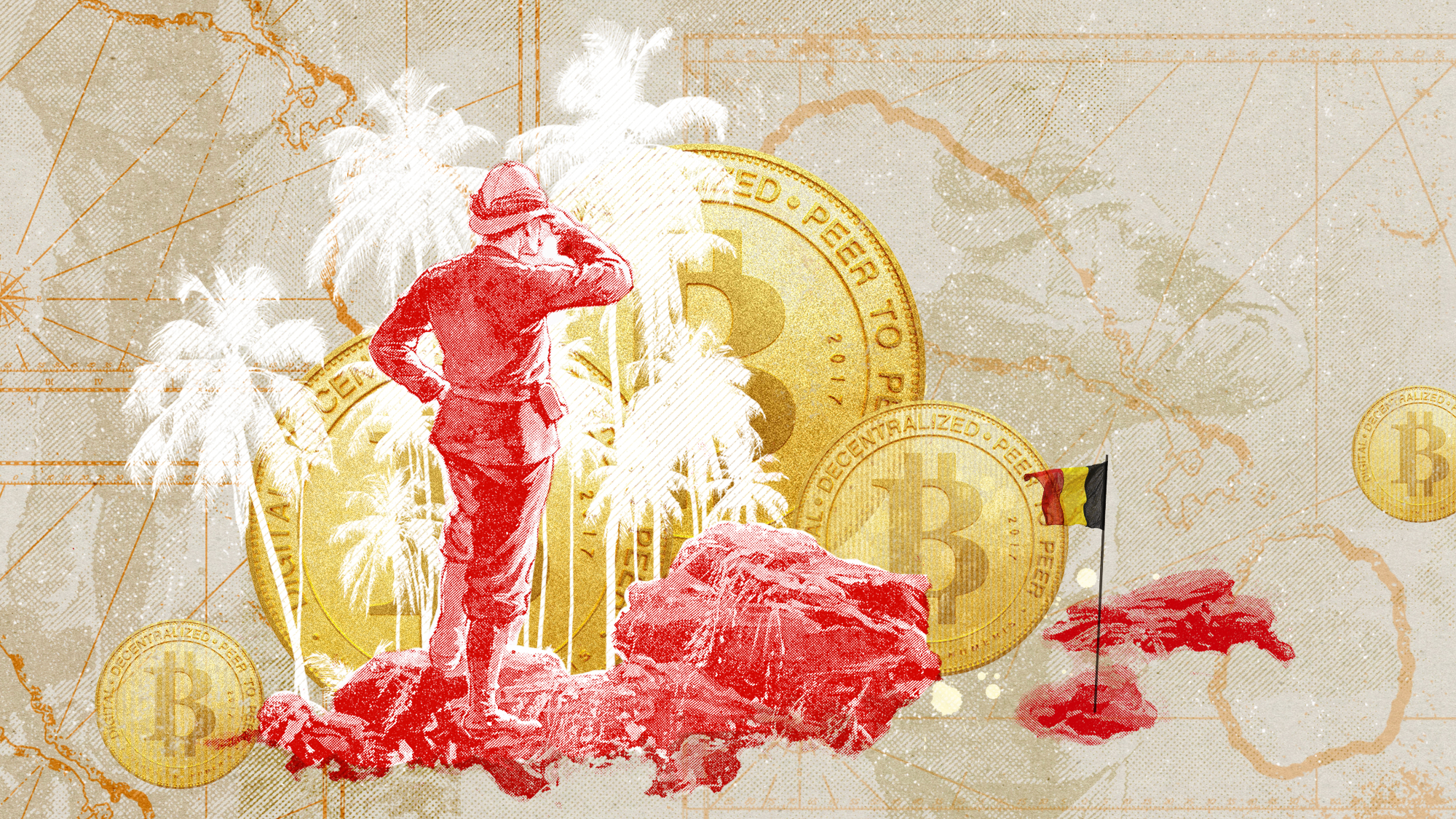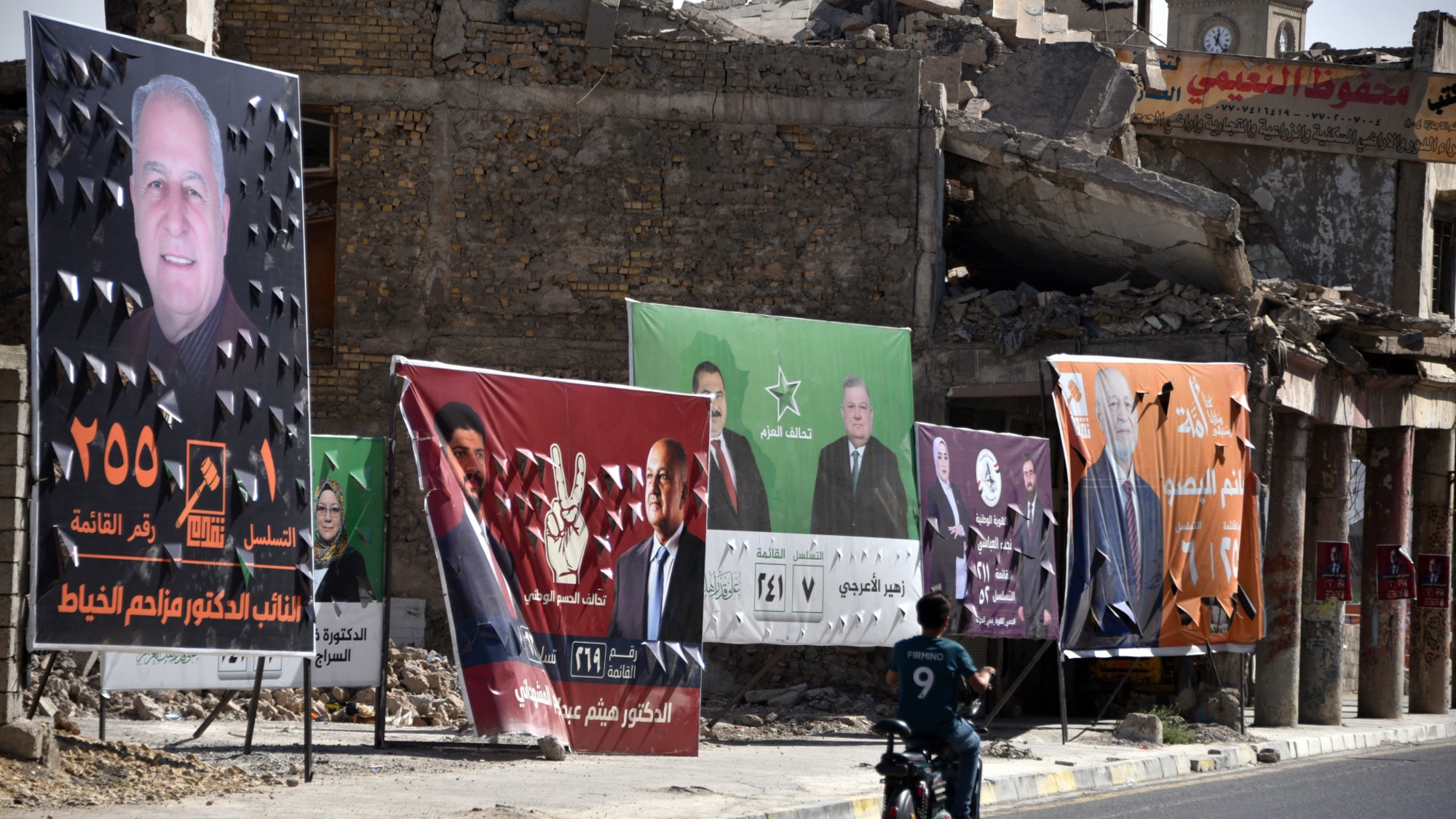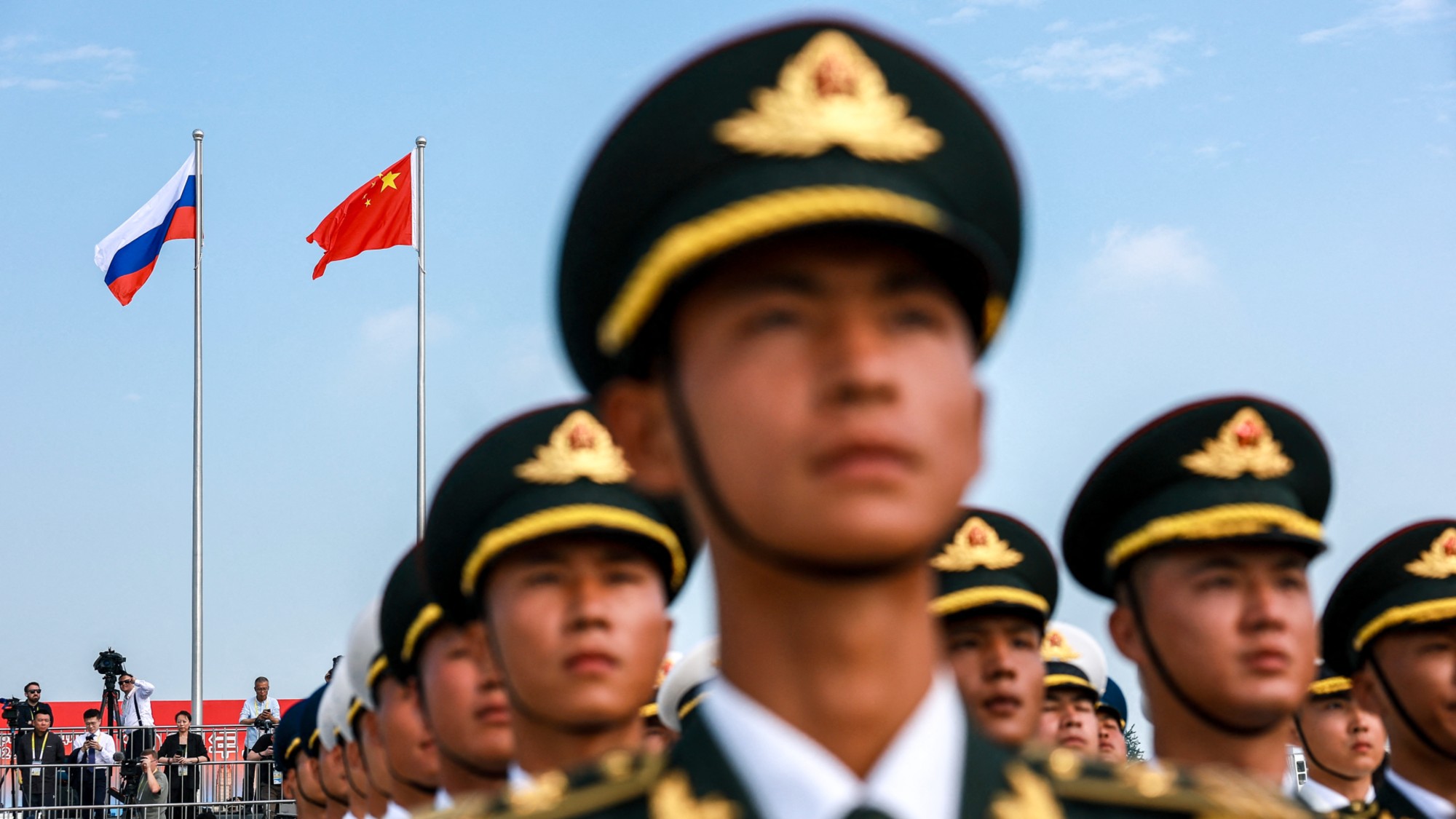Why Iran has erupted into protest
Hundreds of people have died in widespread unrest following fuel price hikes

The Iranian government has admitted that its security forces shot and killed protesters taking part in street demonstrations across the country last month.
President Hassan Rouhani had been accused of “deliberately covering up the scale of the crackdown on the four days of unrest in more than 100 locations”, the BBC reports. Amid growing condemnation from the international community, Iran’s state-run IRTV2 channel broadcast a report this week confirming that police had killed people described as “armed thugs and rioters” who had allegedly attacked sensitive or military centres.
Amnesty International says that at least 208 protesters were killed in the clashes, with some estimates putting the death toll as high as 400. During a trip to London this week for a Nato summit, US President Donald Trump even claimed that “Iran is killing perhaps thousands and thousands of people right now as we speak”.
The Week
Escape your echo chamber. Get the facts behind the news, plus analysis from multiple perspectives.

Sign up for The Week's Free Newsletters
From our morning news briefing to a weekly Good News Newsletter, get the best of The Week delivered directly to your inbox.
From our morning news briefing to a weekly Good News Newsletter, get the best of The Week delivered directly to your inbox.
Why are Iranians protesting?
The protests began peacefully on 15 November “following a sudden government announcement about a fuel price hike which will have a detrimental impact on people who are already struggling amid Iran’s economic crisis”, says the Amnesty International website.
Under the changes, the price of petrol rose by 50% to 15,000 rials (£0.09 at the unofficial market exchange rate) a litre, and drivers were told they would be allowed to purchase only 60 litres each month before the price rose to 30,000 rials (£0.18).
The New York Times says that the energy policy “appeared to be the latest attempt by the Islamic Republic to manage an economic crisis worsened by American sanctions that have sharply reduced oil exports”.
A free daily email with the biggest news stories of the day – and the best features from TheWeek.com
Iranian officials this week reported that an estimated 200,000 people were involved in the protests, with a total of around 7,000 arrests made in cities and towns nationwide.
Crackdown
As the protests grew larger, the government took the unprecedented decision to shut down internet services in the country for more than a week, making it “hard to gather information about what was happening on the streets”, says the BBC. However, “video footage that reached the outside world appeared to show security forces shooting at unarmed demonstrators”, the broadcaster continues.
Rouhani subsequently “blamed the protests on foreign meddling and said his government had successfully pacified demonstrators”, Al Jazeera reports.
Although Tehran has now confirmed that there were fatalities during the unrest, no figures have been given. Along with “armed thugs and rioters”, those killed included security personnel, passers-by hit by crossfire or victims of “suspicious shootings”, according to the authorities.
Response
Philip Luther, Amnesty’s Middle East research and advocacy director, has said the number of deaths confirmed by his organisation is “evidence that Iran’s security forces went on a horrific killing spree”, The Guardian reports.
“Those responsible for this bloody clampdown on demonstrations must be held accountable for their actions,” Luther insisted.
But Iranian judiciary spokesperson Gholamhossein Esmaili told reporters that “the numbers and figures that are being given by hostile groups are utter lies, and the [official] statistics have serious differences with what they announced”.
However, in an apparent show of good will, Rouhani this week called for any unarmed and innocent people arrested during the protests to be freed.
“Religious and Islamic clemency should be shown and those innocent people who protested against petrol price hikes and were not armed ... should be released,” the president said in a televised speech.
-
 The best homes of the year
The best homes of the yearFeature Featuring a former helicopter engine repair workshop in Washington, D.C. and high-rise living in San Francisco
-
 Critics’ choice: The year’s top 10 movies
Critics’ choice: The year’s top 10 moviesFeature ‘One Battle After Another’ and ‘It Was Just an Accident’ stand out
-
 The small Caribbean island courting crypto billions
The small Caribbean island courting crypto billionsUnder the Radar Crypto mogul Olivier Janssens plans to create a libertarian utopia on Nevis
-
 How Bulgaria’s government fell amid mass protests
How Bulgaria’s government fell amid mass protestsThe Explainer The country’s prime minister resigned as part of the fallout
-
 Femicide: Italy’s newest crime
Femicide: Italy’s newest crimeThe Explainer Landmark law to criminalise murder of a woman as an ‘act of hatred’ or ‘subjugation’ but critics say Italy is still deeply patriarchal
-
 Brazil’s Bolsonaro behind bars after appeals run out
Brazil’s Bolsonaro behind bars after appeals run outSpeed Read He will serve 27 years in prison
-
 Americans traveling abroad face renewed criticism in the Trump era
Americans traveling abroad face renewed criticism in the Trump eraThe Explainer Some of Trump’s behavior has Americans being questioned
-
 Why these Iraqi elections are so important
Why these Iraqi elections are so importantThe Explainer The US and Israel are increasingly pressuring Baghdad to tackle Iran-backed militants, while weakened Iran sees Iraq as a vital remaining ally
-
 Nigeria confused by Trump invasion threat
Nigeria confused by Trump invasion threatSpeed Read Trump has claimed the country is persecuting Christians
-
 Sanae Takaichi: Japan’s Iron Lady set to be the country’s first woman prime minister
Sanae Takaichi: Japan’s Iron Lady set to be the country’s first woman prime ministerIn the Spotlight Takaichi is a member of Japan’s conservative, nationalist Liberal Democratic Party
-
 Russia is ‘helping China’ prepare for an invasion of Taiwan
Russia is ‘helping China’ prepare for an invasion of TaiwanIn the Spotlight Russia is reportedly allowing China access to military training